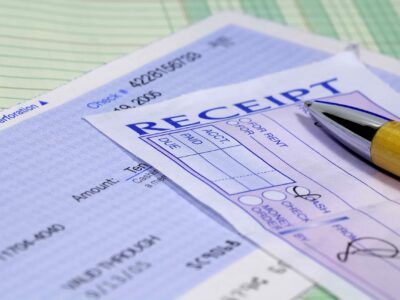
For instance, a 2-for-1 stock split reduces the price of the stock by 50%, but also increases the number of shares outstanding by 2x. The notes to financial statements provide essential details that complement the primary financial statements. These notes elaborate on accounting policies, assumptions, and methods used in preparing the financial reports, such as revenue recognition or inventory valuation. They also disclose contingent liabilities, commitments, and related party transactions, offering a fuller picture of a company’s financial health. A share repurchase refers to a publicly traded company buying back its own shares in the marketplace. When a company does this, it usually indicates confidence in future earnings growth.

How to Calculate NoPAT and Optimize Business Performance

Launched in January 1994, the S&P 500 Buyback Index had an annual return of 33.65%, compared with gains of 37.13% and 37.48% from the S&P 500 High Dividend Index and S&P 500, respectively (all as of Oct. 23, 2024). These simplifications understate the magnified effect that consistent repurchases have on shareholder value. This rapid EPS growth is often recognized by investors, who may be willing to pay a premium for such stocks, which in turn results in their P/E multiple expanding over time. Further, companies that generate the free cash flow Online Accounting (FCF) required to steadily buy back their shares often have the dominant market share and pricing power required to boost the bottom line. Assume that BB also had excess cash of $100 million at the start of the year, which the company deployed in a share repurchase program over the next 12 months.

Weighted Average Shares Outstanding
If that figure is taken and used to calculate EPS, then the EPS would be much higher, and it would eventually amount to polishing the financial figures. To find the earnings per share of a company, you divide the company’s net income by the number of outstanding shares of its stock. This calculation gives you a measure of how much profit each share of the company’s stock represents. How much of the business your one share buys depends on the total common stock outstanding, a figure you can easily determine using the company’s balance sheet. On the other hand, float stock refers to the quantity of publicly-tradable shares of Restaurant Cash Flow Management a company’s stock.
- Investors and analysts use outstanding shares to calculate financial ratios such as earnings per share (EPS) and price-to-earnings (P/E).
- Book value per share is a measure of a company’s net worth that is calculated by subtracting total liabilities from total assets and then dividing by the number of outstanding shares.
- The formula for calculating the net dilution from each tranche of options contains an “IF” function that first confirms that the strike price is less than the current share price.
- Let us understand the formula that shall act as the basis of our understanding and the formation of the outstanding shares equation through the discussion below.
- However, the case could be made that to be more conservative in the diluted share count calculation, the number of outstanding options should be used despite not all being exercisable on the date of the valuation.
What are the different types of outstanding shares?
![]()
Based on the information below, calculate the weighted average shares outstanding and the basic EPS. The issue of preference shares or dividends announced to preference shareholders have no effect on this number. We have been asked to show how the following transactions will impact the company’s balance sheet and calculate the number of shares outstanding.
- Outstanding shares have a huge impact on other financial parameters and fluctuation in the ratios can affect investors.
- Once you have the book value per share for each company, you can compare them to get an idea of the financial health of each company.
- John, as an investor, would like to calculate the company’s market capitalization and its earnings per share.
- Shares outstanding adjusts with corporate events like stock issuances or buybacks.
- It may be presented on a per-share basis, such as “EPS (basic)” or “EPS (diluted),” indicating whether any potential dilutive securities, such as stock options or convertible bonds, were taken into consideration.
The earnings per share metric, often abbreviated as “EPS”, determines how much of a company’s how to find shares outstanding accounting profit is attributable to each common share outstanding. The Earnings Per Share (EPS) is the ratio between the net profit generated by a company and the total number of common shares outstanding. In case there is a large difference between basic and diluted EPS, investors should be aware of the possible increase in the number of shares outstanding in the future.

